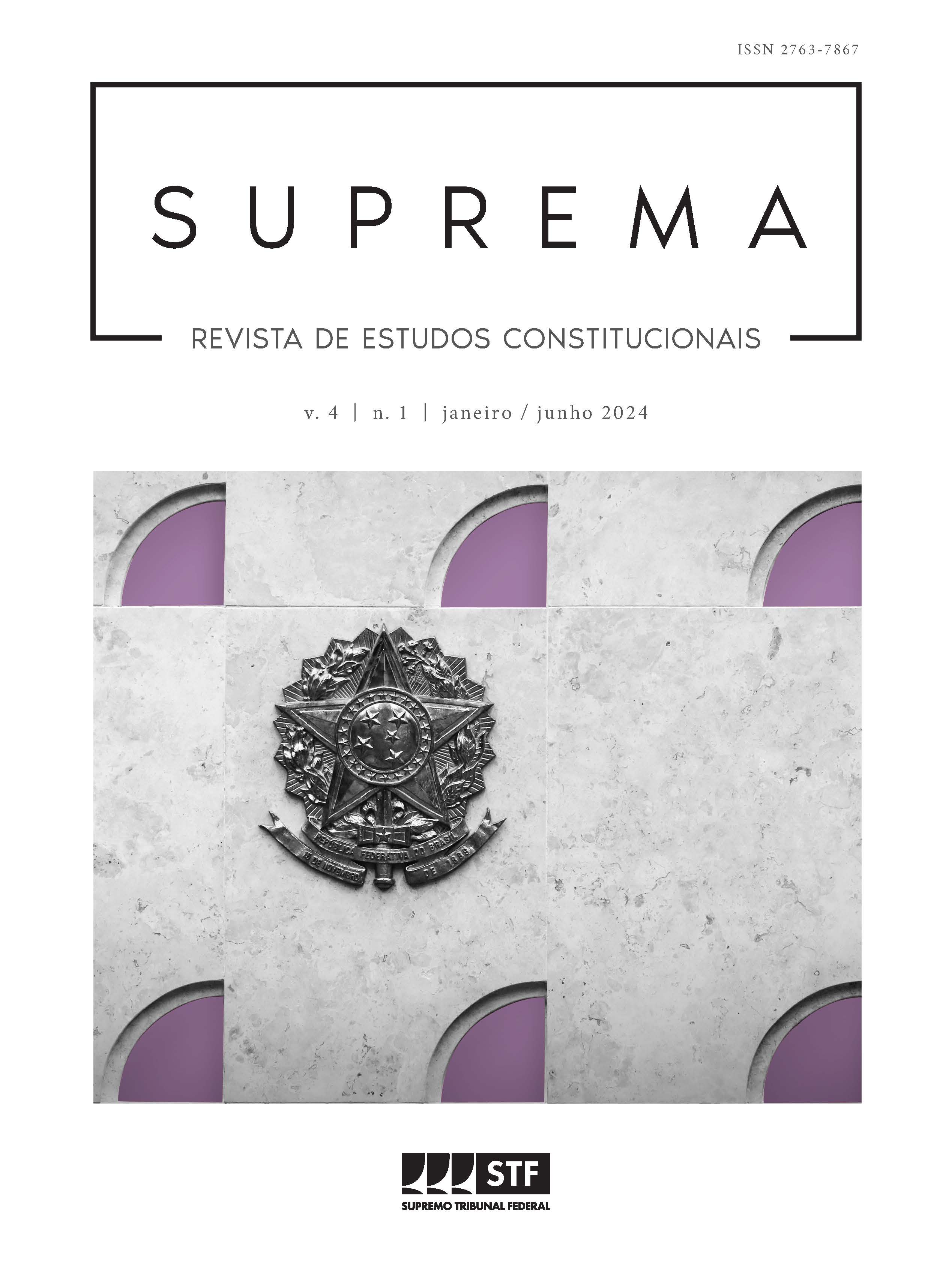The art of the (im)possible? Justice Froneman´s contribution to designing remedies for structural human rights violations
DOI:
https://doi.org/10.53798/suprema.2024.v4.n1.a412Keywords:
Expert monitoring mechanisms, meaningful engagement, participatory structural remedies, supervisory jurisdictionAbstract
Structural governance dysfunctions pose a major obstacle to the realization of human rights in South Africa, particularly the socio-economic rights entrenched in the Bill of Rights. This article explores the remedial tools available to the South African courts to redress these kinds of structural human rights violations and Justice Froneman’s significant contribution to the development of these tools. It commences by describing efforts to redress structural human rights violations by another apex court in the Global South, the Colombian Constitutional Court. The Colombian experience provides important insights into the unique challenges that structural human rights violations pose for litigants and the judiciary in designing and implementing effective remedies. While South African courts do not have the same doctrinal approach to structural human rights violations as in Colombia, they do enjoy a broad constitutional mandate to remedy all forms of constitutional rights violations. The article then proceeds to examine the various remedial tools that have been developed in South African constitutional jurisprudence to redress structural human rights violations. It highlights the potential of supervisory meaningful engagement remedies, and Justice Froneman’s contribution to the development of these remedies. Next, this article considers how the toolbox for addressing structural human rights violations has been expanded by the innovative set of remedies handed down by Justice Froneman in the series of cases arising from an unlawful tender awarded by the South African Social Security Agency in 2011 for the administration of the payment of social grants. The final substantive part of this article draws on comparative scholarship and jurisprudence to argue that participatory structural remedies hold the most promise for redressing structural human rights violations. It argues that the essential elements of such remedies have already been constituted by two strands of the Court’s remedial jurisprudence – meaningful engagement remedies and supervisory remedies incorporating independent monitoring mechanisms. The promise of participatory structural remedies can be harnessed by fusing these two strands of the Court’s remedial jurisprudence This part also explores the caveats and support structures that must be in place to enhance their prospects of success. The conclusion synthesises this article’s central arguments and reflects on structural human rights violations and the leitmotif of participatory democracy in Justice Froneman’s jurisprudence.
Downloads
Downloads
Published
How to Cite
Issue
Section
License
Copyright (c) 2024 Sandra Liebenberg

This work is licensed under a Creative Commons Attribution 4.0 International License.













